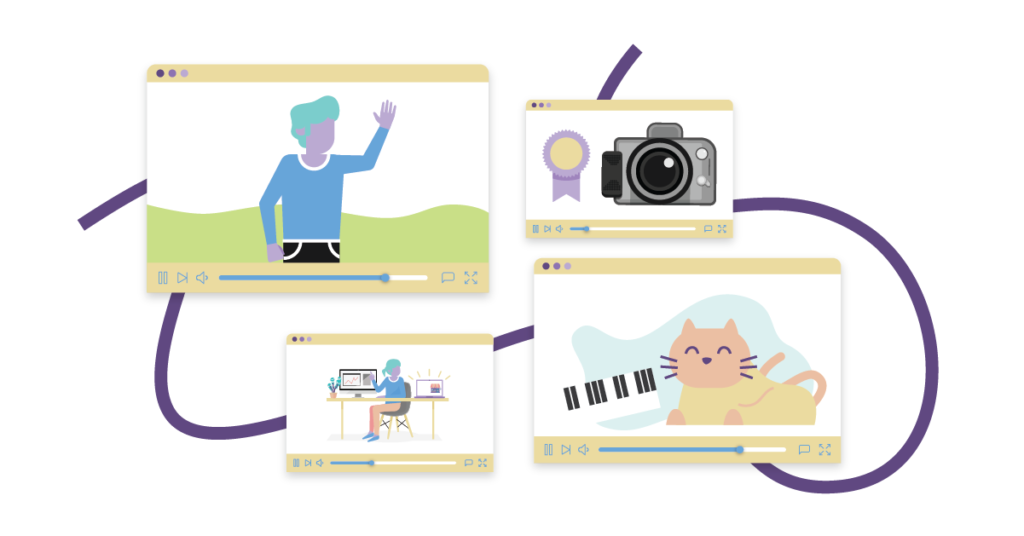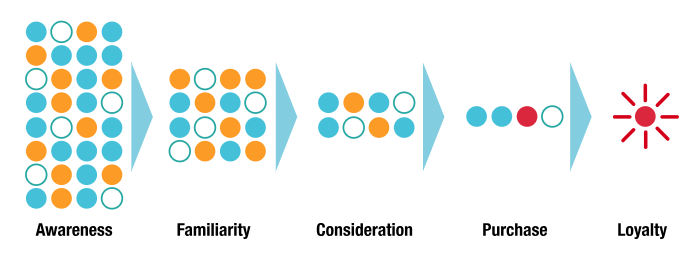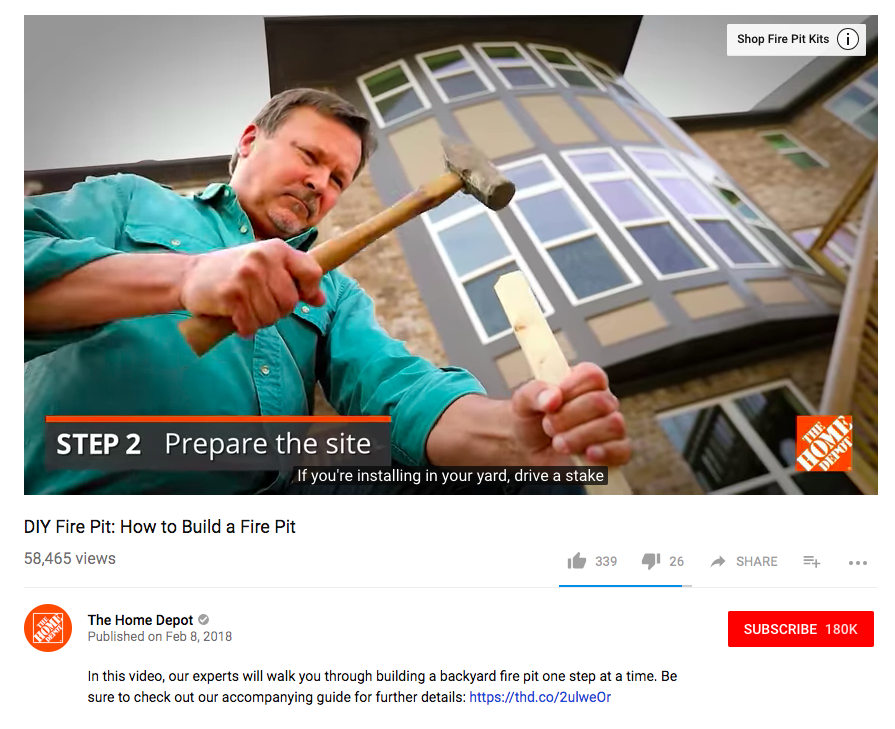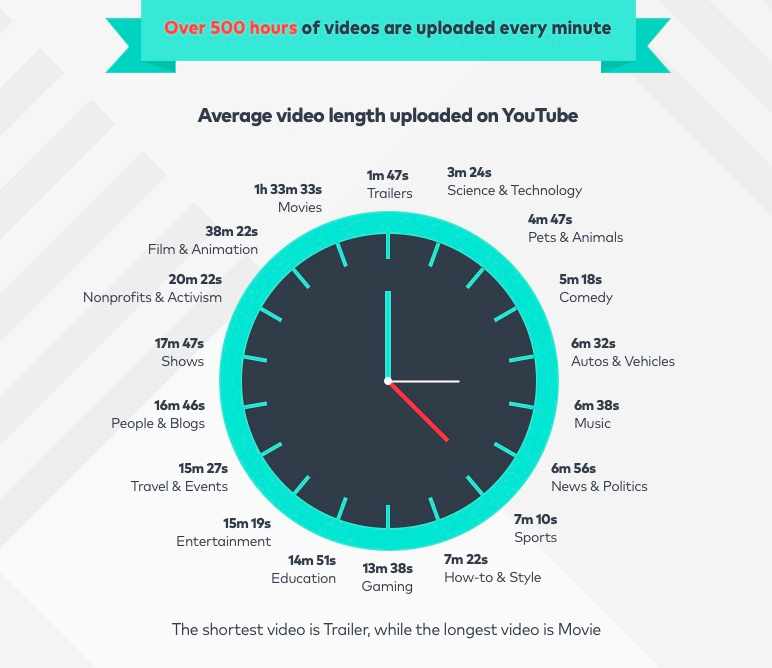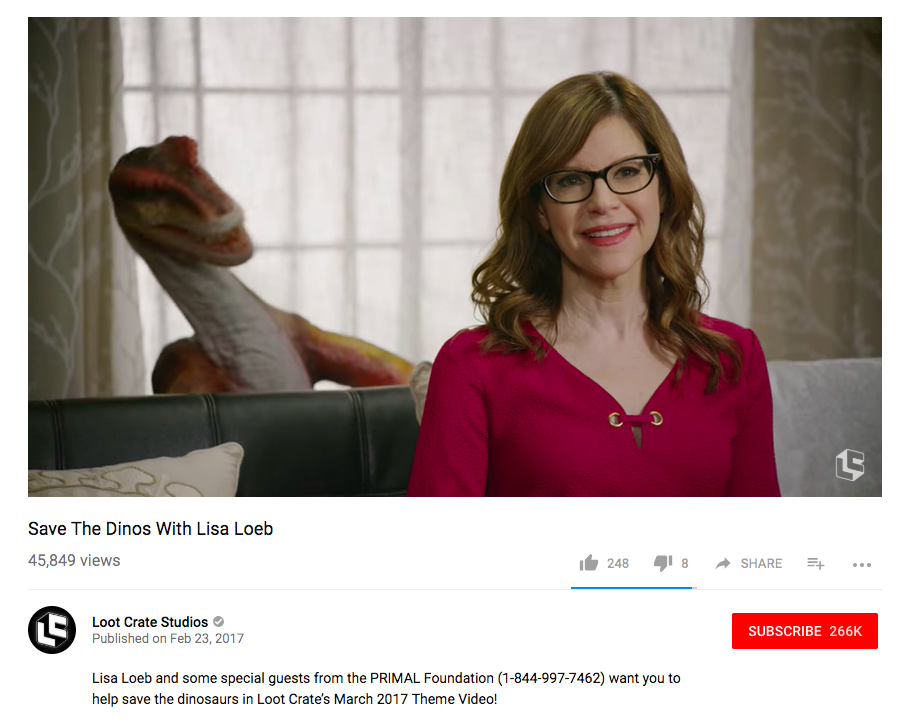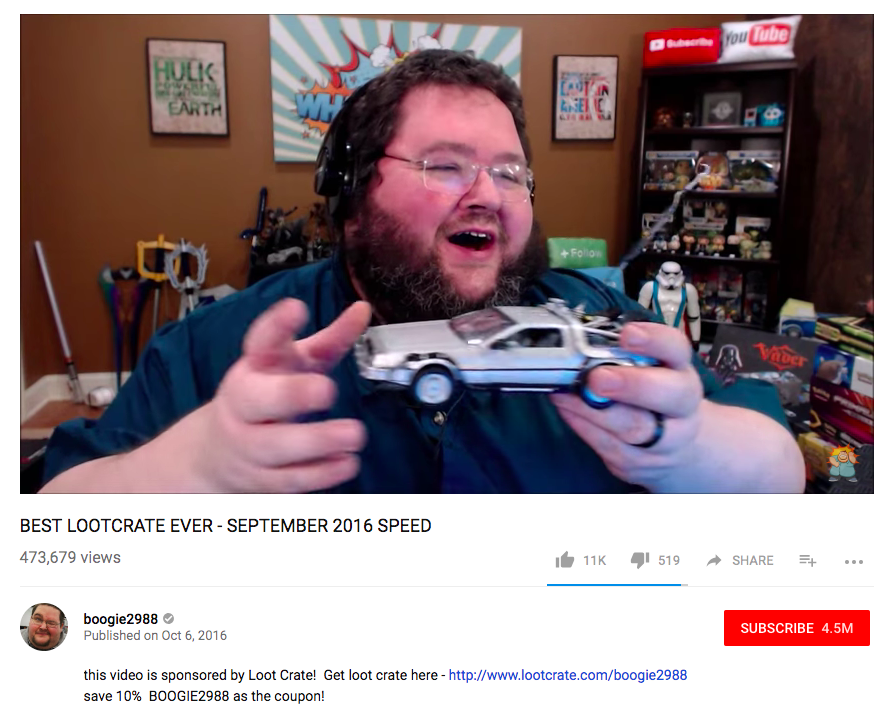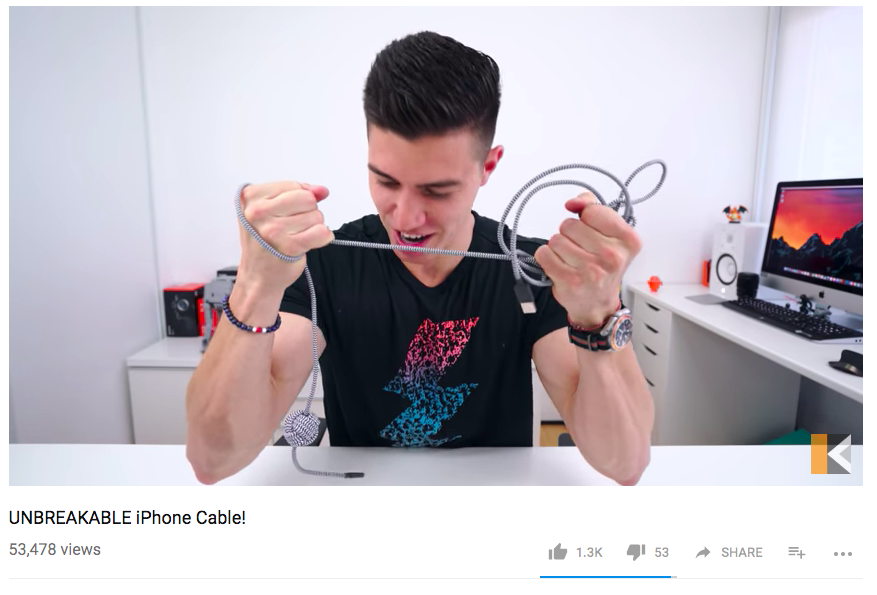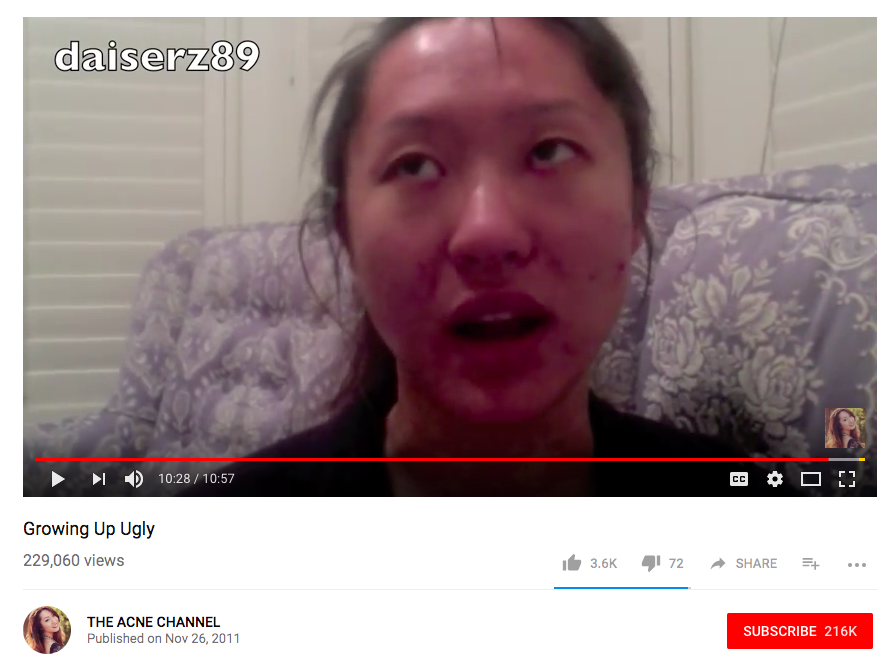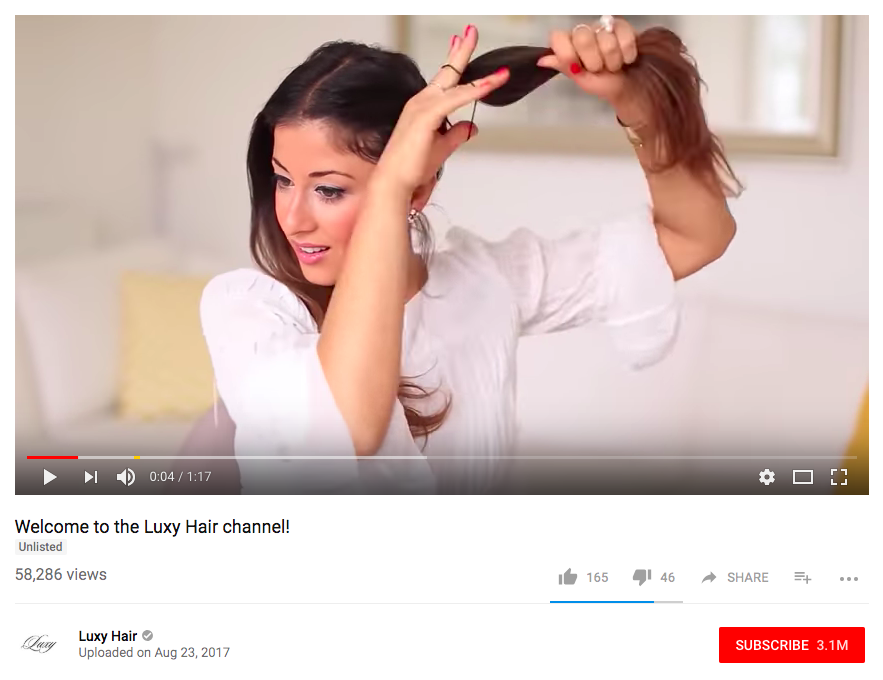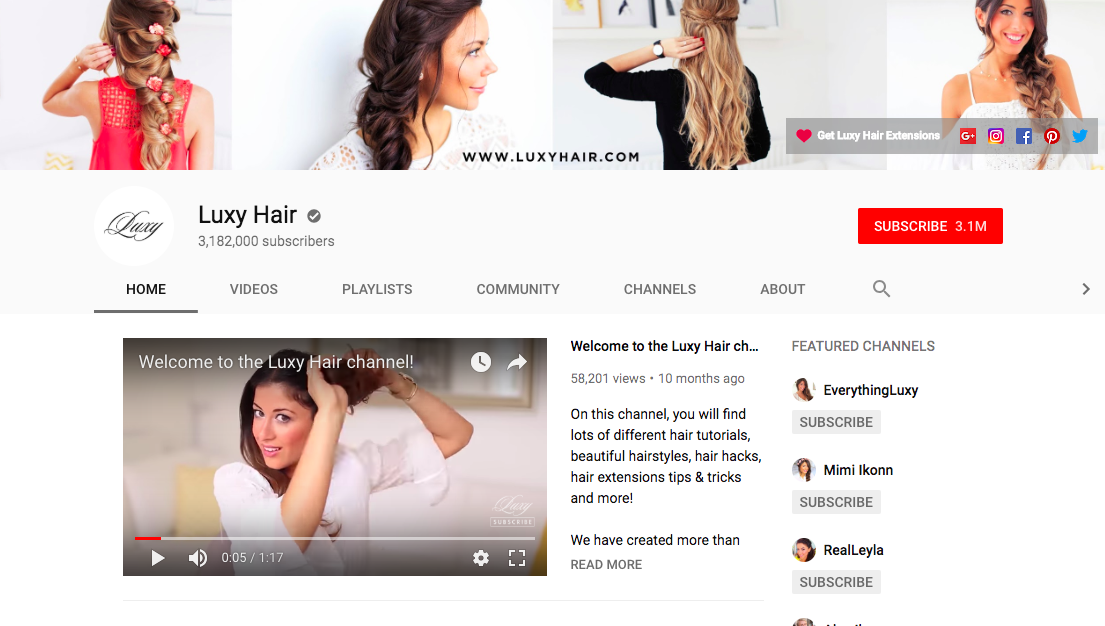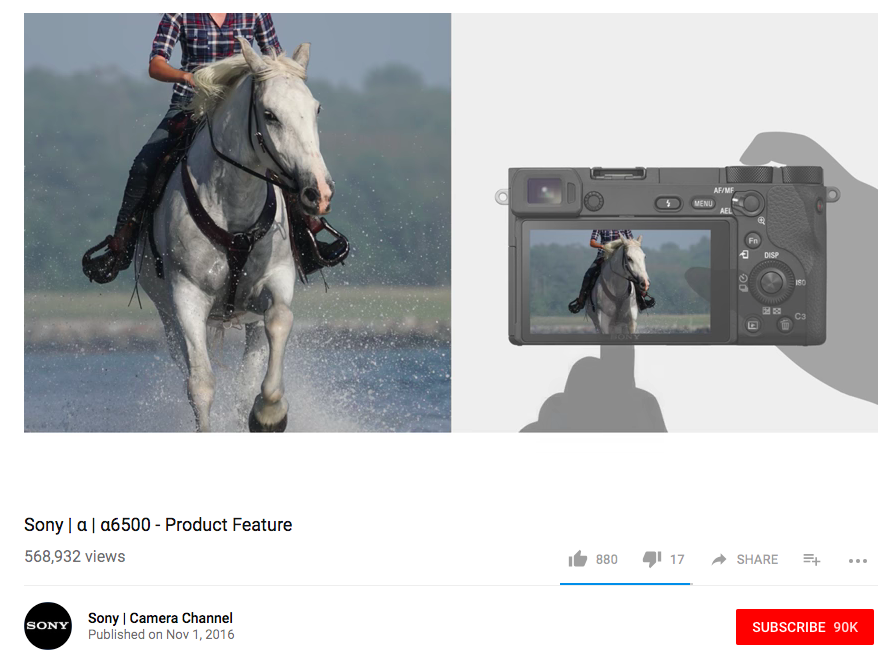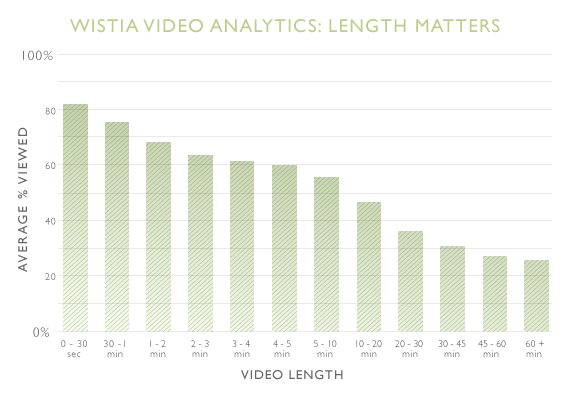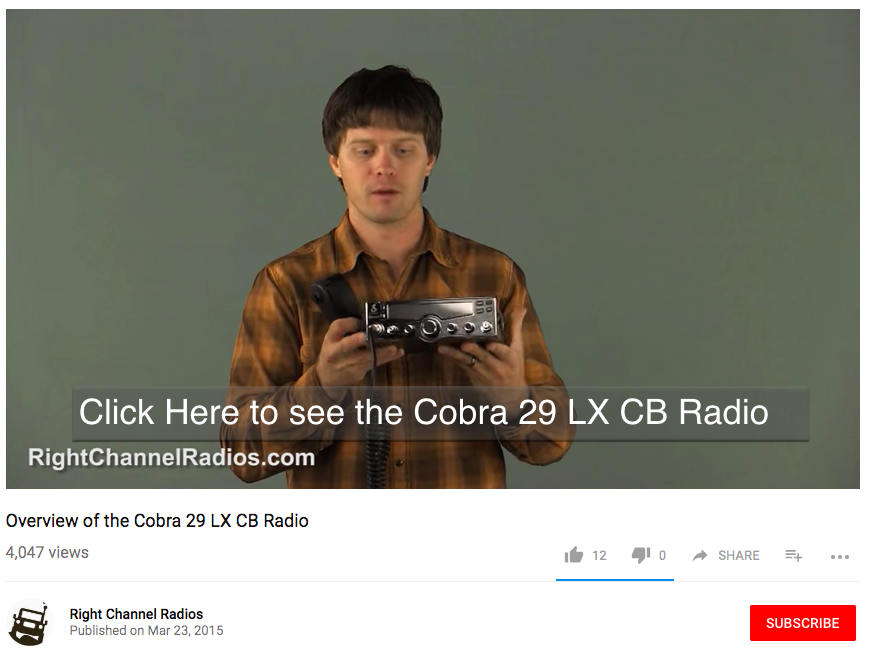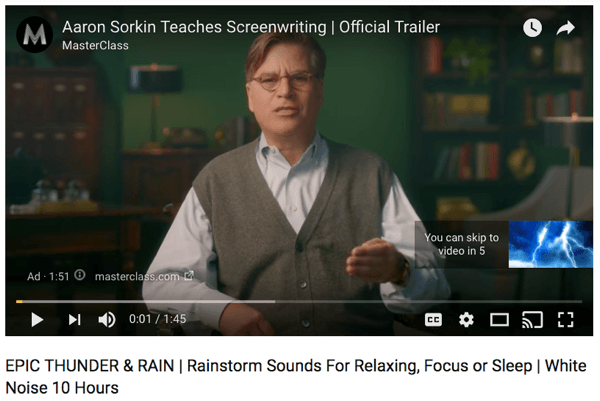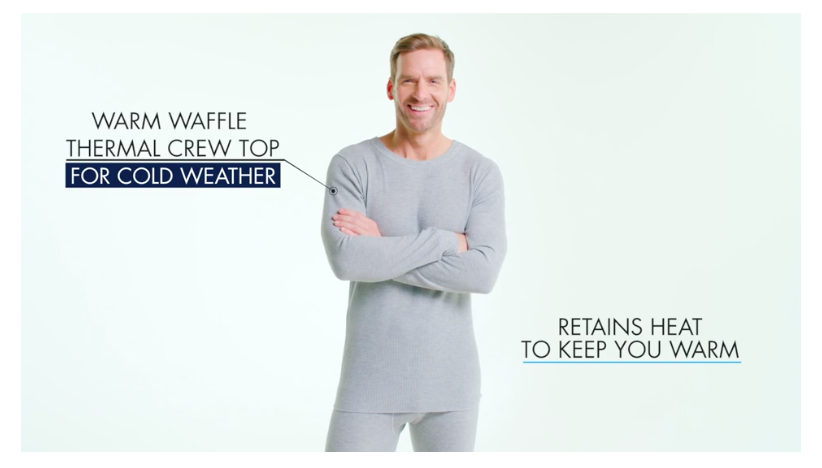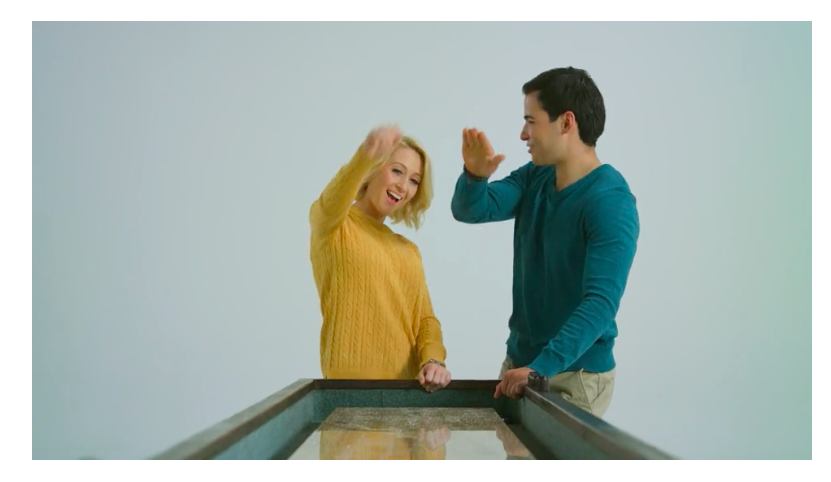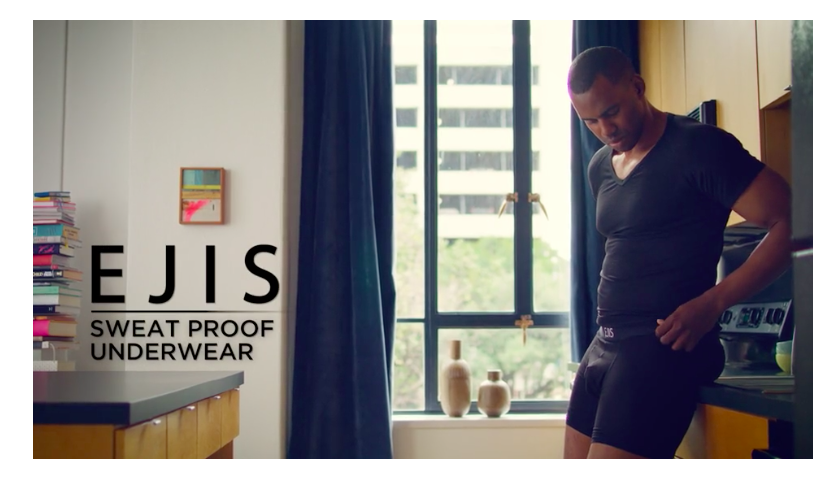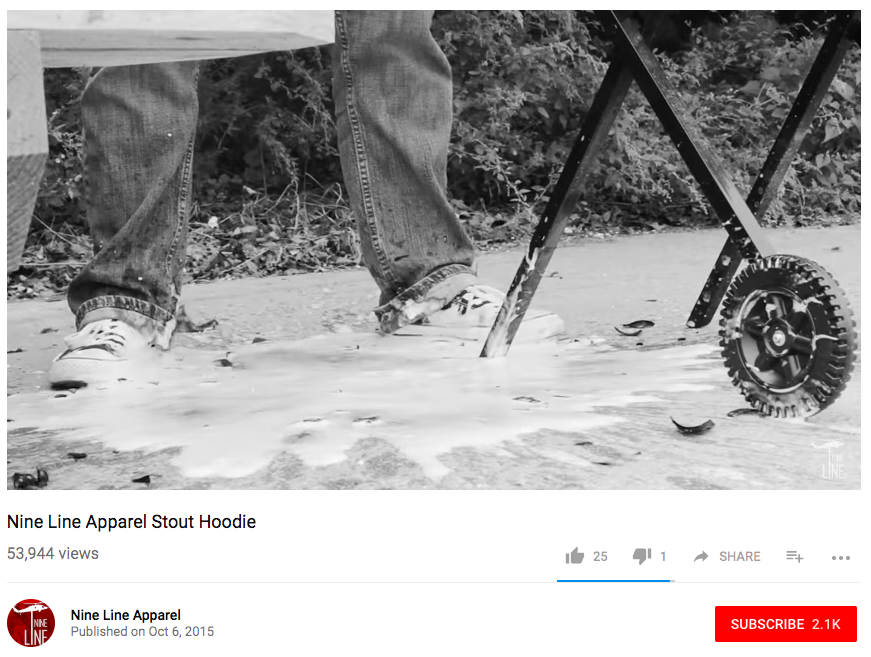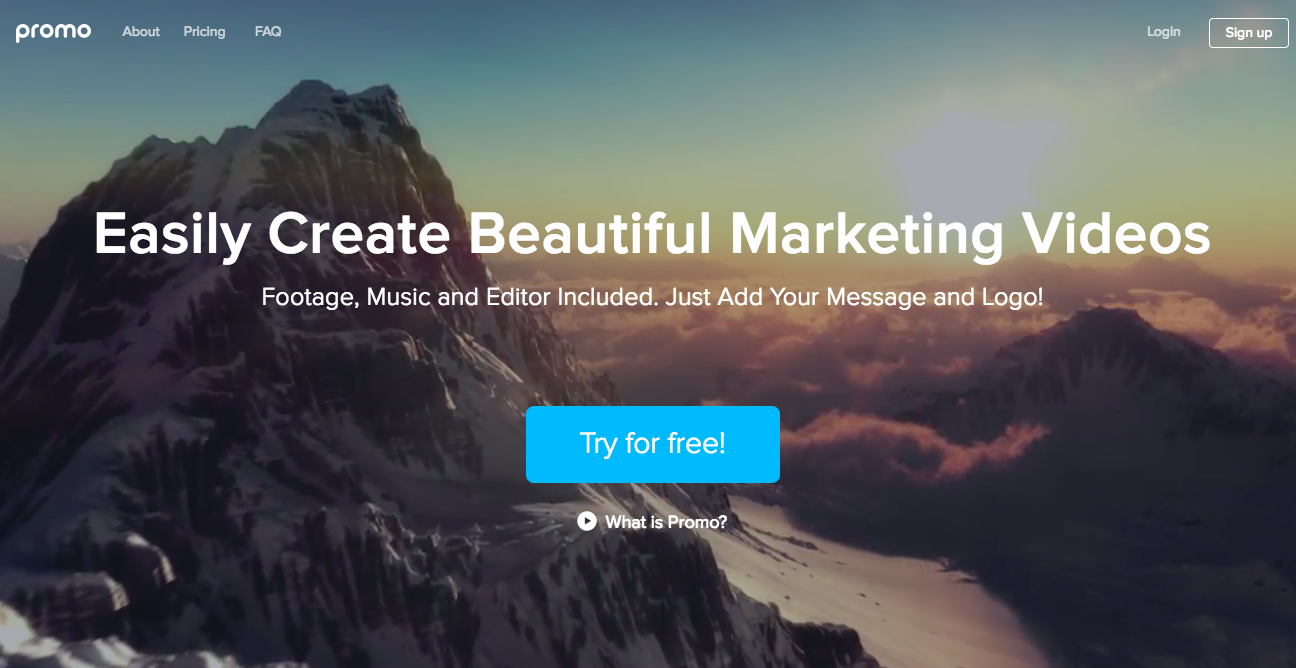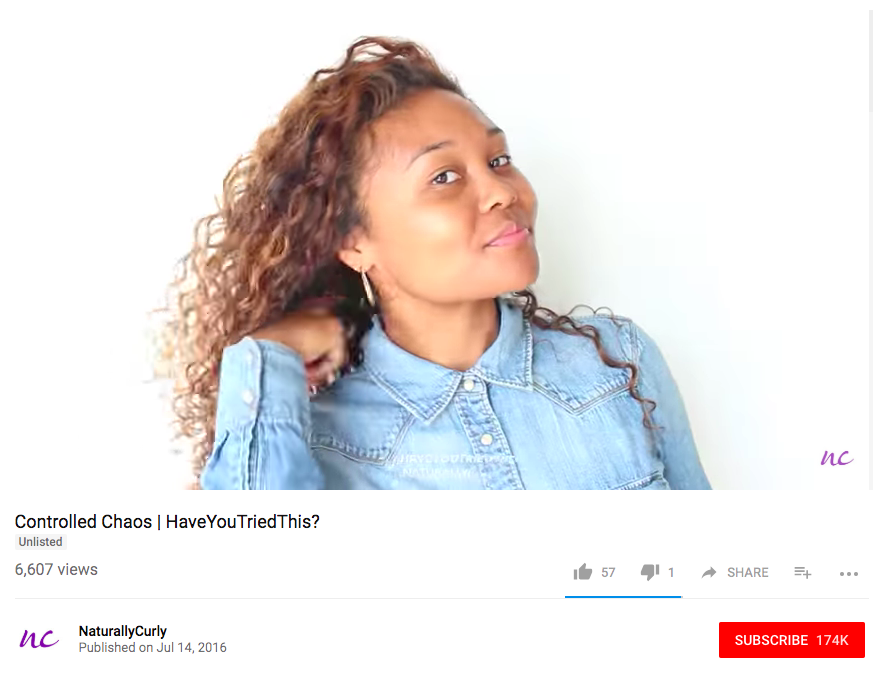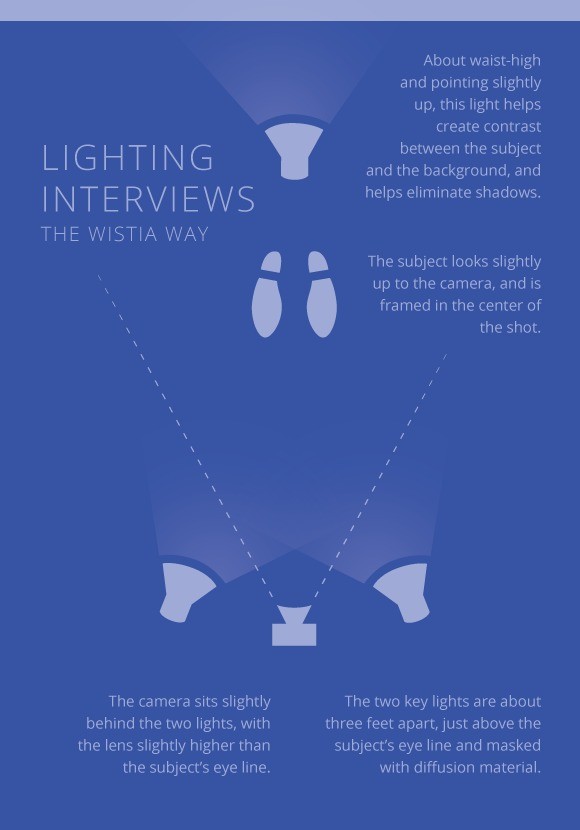Looking to find new customers for your e-commerce store? Your ticket to success might be in a medium you haven’t tried yet—YouTube.
YouTube may sound intimidating. Don’t videos take a long time to create? Don’t you need expensive equipment? What if you’re not good on camera?
But today, you’ll learn exactly how to create a YouTube marketing campaign that works.
If you haven’t experimented with video yet, it’s time. YouTube has become the second-largest search engine in the world. If you’ve spent time in SEO, you should be devoting some time to your video strategy, too.
The influence of video on sales is undeniable. A positive experience with a video ad increases brand association by 139% and purchase intent by 97%.
It’s especially important if your target demographic is 25-44 years old—and doubly so if you’re looking for male customers.
But there’s a problem—few e-commerce store owners use a successful strategy.
They take the shotgun approach, creating scattered videos without a defined purpose or organization. And after a few months, frustrated with no results, they give up.
But that won’t happen to you. Here are the strategies you need to use.
Focus Your Videos on the Customer Journey
Instead of creating random videos, you should target your YouTube campaign to reach customers at different stages of the customer journey.
According to McKinsey & Company, there are five stages: awareness, familiarity, consideration, purchase, and loyalty.
Some videos are wildly successful in one category, but fall flat in others. Once you understand where your customer is in the buying journey you can craft a YouTube marketing campaign that’s simple, strategic, and effective.
Here’s what strategies to use at each stage of the customer journey, along with examples of e-commerce stores doing it well.
1. Awareness: Entertain and Engage Prospects
In the beginning, a prospect doesn’t know who you are, and they don’t care.
So, how can you change their mind? The answer is with videos that bring awareness to your products through other means, whether by teaching, entertaining, or using influencer recommendations.
How-to Videos
One of the most time-honored forms of content marketing is the how-to guide, and video is no exception.
In fact, video is perfectly suited for how-to content in ways print and audio are not. You can demonstrate step-by-step instructions for something the prospect is interested in, and show your product in the process.
A great example of this is The Home Depot’s instructional video library, with over 1,400 DIY instructional videos on their YouTube channel.
The videos are helpful and entertaining but never offer a direct pitch for The Home Depot. Yet it creates awareness of the brand through its clear targeting of people interested in home improvement.
How-to videos are a great route to take if you’re just starting. The information you already have about your product would likely be considered expert-level advice for many people. It’s one of the simplest ways to generate a stream of new content that always ties into your brand.
Most of The Home Depot’s videos are 1-3 minutes long but don’t be afraid to go longer if your topic needs it. How-to videos are typically on the longer side, with the average length of around seven minutes.
But if teaching isn’t your style, you can find new customers with entertainment.
Entertainment
It takes the right kind of team to pull off an entertainment video, but it can be wildly successful.
Videos with humor, interesting feats, or surprising experiments can draw in viewers for their sheer entertainment value.
Loot Crate’s parody of SPCA animal rescue ads, pleading viewers to save the dinosaurs as they attack the camera crew, is a great example.
But Loot Crate doesn’t only use entertaining videos to promote their products. They’ve also mastered the sponsored video as well.
Sponsored Videos
One of the simplest ways to get new prospects aware of your brand is through sponsored videos.
Loot Crate sponsored unboxing videos with YouTube celebrities in their niche of geeky collectibles. The audiences of these celebrities is perfectly targeted for Loot Crate’s product.
It’s more subtle and pervasive than a direct ad, since it comes from a credible authority with an existing presence on YouTube.
Native Union did the same with their unbreakable iPhone cable.
Once you’ve made prospects aware of your brand, you’ll want to focus on videos that encourage familiarity with your products and provide an extra level of interest in what you have to sell.
2. Familiarity: Show the Personality Behind Your Brand
A prospect knows your brand, and they’ve come to understand a bit about what you sell.
But what can you do to build a level of trust in your brand and products? The answer is showing the human side of your store.
Personal Stories
A great way to show the people behind your store is to film a personal story behind the brand.
Help people become familiar with who you are as a person by showing your struggles. This is how Daisy Jing grew her e-commerce store Banish with her acne video “Growing Up Ugly.”
The personal story resonated with others struggling with acne and showed the human side of the company.
But you don’t need a viral video to make viewers feel connected with your brand.
Welcome Videos
Luxy Hair created a massive e-commerce brand using mostly how-to videos featuring their hair extension products. This drew in new prospects that had never heard of Lucy and made them aware of the product.
But to move those prospect to familiarly with the brand, Luxy created a simple welcome video introducing new viewers to their product and personality.
This welcome video was simple but effective.
They featured it on their channel homepage, where new viewers might go after learning about the product.
The video adds a personal side to the brand and bridges the gap between unaware prospect and engaged consumer.
The next step in the process is to move that prospect to consider a purchase, which we’ll do next.
3. Consideration: Prove the Advantages of Your Products
Once a prospect is familiar with your product and brand, the marketing strategy transitions from entertainment to education. Your goal during the consideration phase is to show the details of the product and demonstrate why your prospect needs it.
Product Videos
The most basic form of video in the consideration phase is the product video. This is a simple demonstration film that shows the features and benefits of what you have to sell.
A great example of this is the promotional video for the Sony α6500 camera, which touches on the numerous features the camera offers and how they can improve the user’s photography.
If you’re not sure what to cover in these videos, find reviews of similar products on sites like Amazon. You’ll probably notice common customer complaints and feature requests.
Focus on these angles in your product videos. Touch on a small number of features that make your product stand out, and demonstrate them as clearly as possible.
It’s a good idea to keep these videos as short as possible. Research by Wistia has found that people watch over 80% of videos 30 seconds or less, but that number drops off the longer the video.
Aim for a product video of no more than 3-4 minutes long.
Product Review
A product review is similar to a product video, but is usually less formal and polished and has a more “unbiased” feel.
This particular video type is great if you buy products wholesale and sell them through your store. This gives you a bit more credibility than if you create the products yourself.
A great example is this review of the Cobra 29 LX CB radio, with a review by Right Channel Radios, which sells that and many other radio models.
While they benefit from each sale, Right Channel discusses both the pros and cons of their radios to keep their customers informed.
So, when should you show these ads? The best strategy is to direct them to visitors you know are already familiar with your offerings and possibly interested in what you have to sell.
A great way to do this is with regarding.
Retargeted Videos
Once a user visits your site, you can show them related YouTube ads correlating to the products they expressed interest in.
If you’ve seen ads on YouTube for a product or website you just visited, you’ve seen this in action.
Masterclass is a great example of retargeted ads done well. They show ads related to the product you’ve already seen, as well as other courses on similar topics.
The goal of this stage is to move the customers to the next step—purchase intent.
4. Purchase: Follow Through to Close the Sale
You’ve realized that a prospect is more than just a prospect—he or she is showing interest in purchasing.
What videos are best to ensure that purchase happens? Look no further than related product and upsell clips, along with abandoned cart reminders.
Both of these can use retargeting ads, or links to the YouTube video in follow up email sequences.
Related Products and Upsells
Once you know a customer is ready to buy, you have two goals. First, you want to make the buying process as seamless as possible. And second, you want to increase the total order value.
You can do this through upsells and cross-sells. A cross-sell would be for a complementary product like a charging cable to go with a new phone case. An upsell would be a higher-end product, such as a waterproof and heat-resistant case.
Present these products using one of a few different product video styles: white background, studio, and lifestyle.
A white background is classic and just as described—the product on a white background.
A studio shot demonstrates the product in a studio environment. This has the advantage of being easier to customize but is limited by its “staged” feel.
Finally, lifestyle videos show the product in real life. This shows the customer exactly how the product can be used and creates emotions around using the product.
However, lifestyle clips tend to be the most expensive and can be hard to get right without practice and quality equipment.
Product Reminders (Abandoned Cart Reminders)
You have an email sequence to rescue abandoned carts. But do you have retargeted YouTube ads?
These videos don’t need to be complicated or long. Just a brief reminder of the product itself might be all that’s needed to rescue an abandoned cart.
A great example is the Nine Line Apparel Stout Hoodie video, which is short and humorous, but reminders the buyer of the product.
If you haven’t tried retargeted video ads for carts, give them a try.
5. Loyalty: Build Trust and Repeat Purchases
The customer has purchased from your store. Congratulations!
But a good e-commerce store owner knows the job isn’t finished yet. You can still win over the customer to become a loyal fan of your brand, purchase more in the future, and possibly even recommend you to friends.
One way to do this is with upgrades and follow up purchases.
Upgrades and Second-Purchase Promos
Sometimes, a buyer won’t return to your store without a discount. But with a discount, he or she will begin to place regular orders.
You can use basic promotions—like 5-10% off, or free shipping for repeat customers—to encourage second purchases.
These don’t need to be expensive videos to create. Instead, use a tool like Promo for simple video creation.
Just overlay text on a few product photos and you can create a simple yet appealing promotional video to build trust and interest with a previous buyer.
Testimonial Videos
One proven way to get customers to be loyal to your products is to show testimonials.
NaturallyCurly does this masterfully with their videos, showing happy users explaining how the product helped them manage their curly hair.
The great part about these videos is that you don’t need a complicated setup or expensive video equipment to make this work.
Just a simple white or neutral background is plenty, and Wistia’s simple $100 DIY lighting kit will do the trick for the setup.
Place one light facing away from the speaker to illuminate the background, and two lights facing the speaker, with the camera in the middle.
It’s a simple yet effective way to showcase your biggest fans and use their excitement to draw in more loyal customers and brand advocates.
Implementing Proven YouTube Strategies for Your Store
If you’re looking to succeed with YouTube marketing for your e-commerce store, you need a solid strategy.
The best way is to understand where your customers are coming from in the customer journey, and target your videos to convert visitors to the next level.
Whether you’re getting the attention of customers with awareness or educating about your company and products with familiarity, your goal needs to be engagement. Create fun, entertaining videos that keep viewers watching.
As those prospects move closer to buying in the consideration and purchase stages, work to prove how your product is superior and be persistent to make the sale. Facts in logic triumph in this stage, so don’t leave out details.
Finally, you’ll want to win over customer loyalty with appreciation and powerful customer stories.
What strategies will you use to develop a YouTube marketing strategy that sells?
